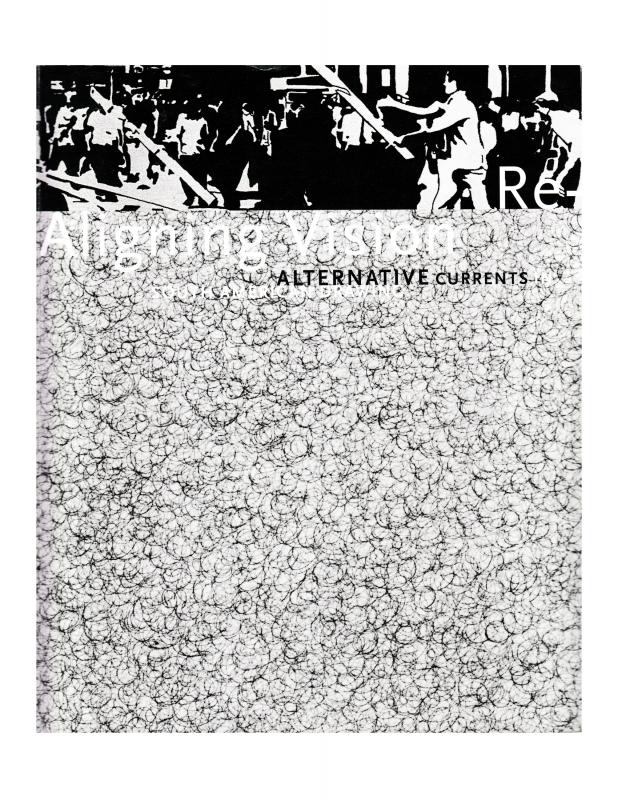This article was published on the occasion of the first individual exhibition by Colombian artist Óscar Muñoz (born 1951) at the LedisFlam Gallery in New York in 1994. The summary provides a complex framework for interpreting these works, which mark a significant change of direction in Muñoz’s art career. Mónica Amor sets forth some key concepts of art history questioned by such works: the idea of the self-portrait as a constructed image, the veracity of the visual representation, and the image as a result of conscious decisions by the artist. She emphasizes different concepts of process, the breakup of the image [into its parts], the final work’s contingent nature, the dissolution of the distinction between reality and illusion, and the nature of the final image, which looks like an archive (ruins, footprints, traces). This article is one in a series that addresses related themes, such as the summary by Mari Carmen Ramírez in Re-Aligning Vision: Alternative Currents in South American Drawing, (Austin: Archer M. Huntington Gallery, 1997) 178–79 (See doc. No. 860761), and the articles by Fernando Castro, “Muñoz and Muñiz,” Aperture (March 2002), and “The Process of Decomposition,” SPOT Houston Center for Photography (Winter/Spring 2003).Muñoz’s works are placed in the context of the post-modernist discussion about the “ontological value of representation.” In this way, Amor relates some questions implied by these works to the ideas of the U.S. art critic, Craig Owens. Owens speaks of the “intent of the post-modern movement to undermine the referential status of visual images and their supposed capacity to represent reality as it truly is.” Subsequently, this theme would also be addressed by Colombian art critic Carlos Jiménez in “Ruinas y duraciones en la fotografía latinoamericana” [Ruins and Duration in Latin American Photography], Revista Lápiz 128 [Pencil Review 128] (Madrid, February 1997), not published.

